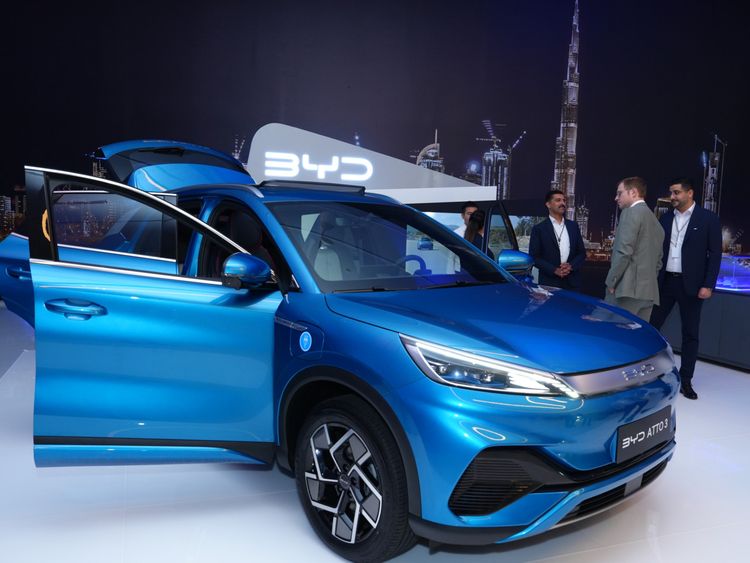Understanding the Surprising Rise, Not Fall, of New Energy Electric Vehicle Prices in Central Asia
The prices of new energy electric vehicles (NEEVs) in Central Asian countries have remained notably higher than domestic ones, and this trend may persist until market supply and demand find equilibrium. Several objective factors contribute to the higher prices, including international logistics, customs taxes, brand premiums, and vehicle availability. Understanding these factors sheds light on the flourishing NEEV market in Central Asia.

السوقيات:
Transporting electric vehicles from China to Central Asia involves two primary methods: international automobile transportation and international railway. The choice of ports, routes, transportation vehicles, and export quantities all impact logistics costs. Variances in transportation distance, port transit efficiency, and customs processing time in different land ports through Central Asia can influence logistics expenses. الاضافه الي ذلك, the capacity and capabilities of logistics providers also play a crucial role in determining the cost of transporting commercial vehicles.
Customs:
Central Asian countries offer subsidy policies to reduce taxes and fees on imported NEEVs, expediting their market adoption and supporting the transition to cleaner energy sources. لكن, customs costs can differ between individual imports and enterprise imports, further influencing overall prices.
Vehicle Source:
The sources of NEEVs from various brands in Central Asian countries vary, leading to price disparities among distributors. The availability of existing vehicles may affect their market price compared to future shipments.
وسم:
Brand influence plays a significant role in the Central Asian NEEV market. Not all electric vehicle brands enjoy equal popularity, and some models, like the BYD Song Plus, can be challenging to find. Consumers may be willing to wait or pay a premium for a preferred brand or model. نتيجة لذلك, brand reputation becomes a powerful tool for NEEV manufacturers to expand their presence and maintain profitable sales.

YD لا تسحب أي لكمات عندما يتعلق الأمر بالتسعير العدواني ل Atto 3 إطلاق في الإمارات العربية المتحدة. بسعر درهم 149,900, تحزم سيارات الدفع الرباعي أيضا مجموعة من 400 زائد كيلومترات.
With a deeper understanding of the factors affecting NEEV prices in Central Asia, it becomes evident why they remain higher than domestic prices. ذلك, the market is dynamic, and as the region embraces cleaner and more sustainable transportation solutions, these prices may reach a balance. China’s automotive industry, with its increasing prowess in producing and exporting NEEVs, is set to play a pivotal role in the promising future of Central Asia’s automotive landscape. As China’s auto exports continue to evolve, the development trend remains optimistic, offering further opportunities for collaboration and growth in the region’s burgeoning electric vehicle market.

 السيارات في الصين
السيارات في الصين